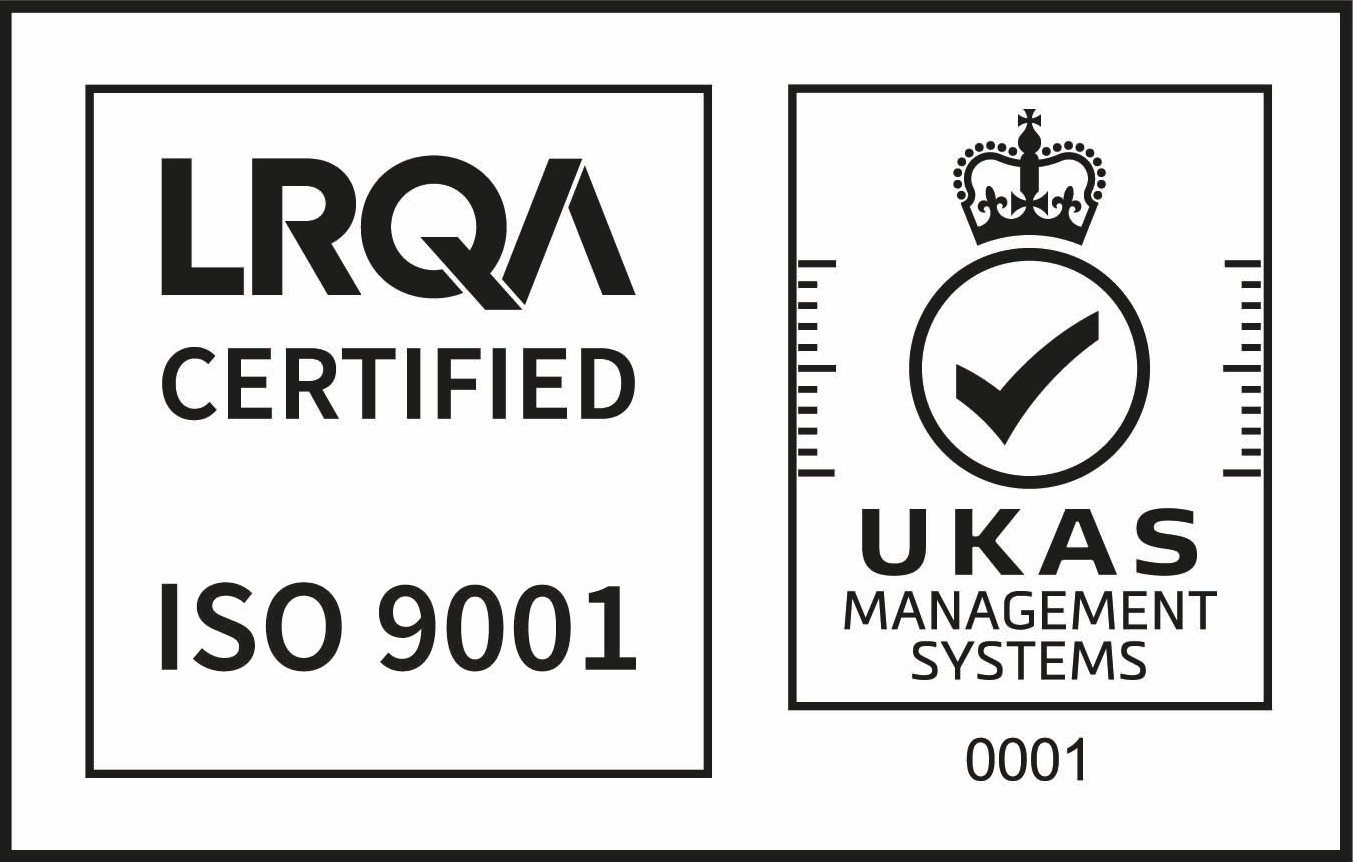Introduction to the Trainee Air Diving Supervisor Course
The Trainee Air Diving Supervisor course is designed to provide aspiring diving professionals with the essential knowledge and skills required to oversee air diving operations safely and effectively. This program serves as the foundational step for those seeking to advance their careers in the diving industry, particularly within the framework established by the International Marine Contractors Association (IMCA).
The IMCA scheme for progression from diver to IMCA Air Diving Supervisor (ADS), as set out in IMCA D013 IMCA Offshore Diving Supervisor and Life Support Technician Certification Schemes, requires candidates to:
- attend and pass an IMCA-approved Trainee Air Diving Supervisor preparatory training course
- undertake practical on-the-job development as a Trainee Air Diving Supervisor, and
- pass a final ADS written examination set by IMCA.
Course Overview
The TADS preparatory course aims to teach candidates the knowledge required in diving physics, diving physiology, leadership and control, and the role and duties of an Air Diving Supervisor. On successful completion of the course the candidate is awarded a Trainee Air Diving Supervisor certificate, which, following appointment as a trainee, allows them to move on to the practical phase of their development.
Learning Objectives
Having completed the TADS course, individuals will be expected to have knowledge of the following.
Diving Physics
- Basic calculations for the conversion of metric and imperial units
- Basic physical units used in diving
- Boyle’s Law (calculating air volumes and diver’s gas consumption)
- Dalton’s Law (partial pressure of gases at various depths)
- Charles’ Law (the relationship between pressure changes and temperature changes)
- Archimedes’ Principle (calculating the buoyancy and lift requirements of various objects)
- Henry’s Law (the effect of partial pressures on the solubility of gases in liquids and the corresponding effects on decompression)
- The principles of heat transfer by conduction, convection, and radiation
Diving Physiology
- The respiratory, circulatory, basic skeletal and nervous systems of the body
- The problems of maintaining divers in thermal balance and the symptoms and treatments
- of hypo- and hyperthermia
- The effects of gases on the body and their limits under pressure (in particular, oxygen, carbon dioxide, carbon monoxide and nitrogen)
- The effects of pressure on the body and the principles of decompression and therapeutic procedures including proximity to a chamber and flying after diving
- The causes and symptoms of decompression sickness and barotrauma
- The contents, requirements, and maintenance of various types of diving medical kits
- Awareness of the requirements of divers’ current physical and mental health to undertake diving operations
Leadership and Control
They should demonstrate an understanding of:
- the compilation and use of diving equipment checklists
- the reporting of accidents occurring in the water or on deck
- leadership and communication, including the role of a leader, communication, and possible conflicts
- planning and organising work, including risk assessment, assigning work tasks and team building
- leadership in emergency and stress situations, including symptom recognition, preventative measures, courses of action and transfer of experience.
Air Diving Supervisors should be:
- able to prepare pre- and post-dive checklists and supervise their use for all diving operations and equipment under their control
- familiar with the requirements for project planning and execution, including the need to prepare and undertake risk assessments, develop dive plans, and work with step-by-step procedures
- familiar with the requirements of permits to work systems, management of change (MOC) and lift planning procedures
- familiar with all relevant IMCA and Diving Medical Advisory Committee (DMAC) guidance notes affecting surface diving operations, including the use of a wet bell
- able to keep accurate records of all operations under their control.
They should also have a thorough knowledge of:
- safety on the surface, including the use of tools
- safety in the water, paying particular reference to differential pressure hazards, currents, sea states etc.
- working methods of, and safe procedures for, commonly used tools and equipment, e.g. underwater oxy-arc cutting equipment
- the responsibilities of all members of the diving team
- construction and maintenance of valves and fittings used in surface diving equipment
- control panels and chambers, use and maintenance of built-in breathing systems (BIBS), operation and design of medical locks, including interlock systems
- air and gas requirements, handling, purity, oxygen cleanliness and analysis
- air and nitrox surface diving procedures and emergencies
- the limitations of SCUBA
- wet bell procedures and emergencies, including an introduction to surface supplied mixed gas diving operations
- chamber and surface decompression procedures and emergencies
- decompression and therapeutic procedures
- general safety requirements of the different types of diving platforms used for conducting offshore surface diving operations, including dive support vessels (DSVs), construction barges, mother-daughter craft, and fixed or floating offshore installations
- surface diving operations conducted from vessels operating in dynamically positioned mode, including the precautions and arrangements necessary to ensure deployment device and diver excursion umbilical safety during such operations
- surface diving operations conducted from fixed or floating offshore installations
- the hazards associated with simultaneous operations, e.g. overboard scaffolding
- operations
- the hazards associated with over-the-side working, the planning and execution of lifting operations associated with diving operations, diving in the vicinity of pipelines, ROV intervention during diving operations, diver and ROV-based concrete mattress handling
- how to manage a wide variety of emergency situations, both diving-related and task-related, including accelerated decompression
- how to organise and undertake regular routine emergency drills
- the requirements of IMCA D018 Code of Practice for the Initial and Periodic Examination, Testing and Certification of Diving Plant and Equipment and the IMCA Diving Equipment Systems Inspection Guidance Notes (DESIGNs) relevant to surface diving.
Assessment
The course will be knowledge-based. During the course, learning may be assessed practically, verbally, or by questionnaire.
There will be continuing assessment and a formal examination at the end of the course.
The examination will enable the candidates to demonstrate that they have achieved the necessary learning objectives for the course.
Examinations such as multiple-choice questionnaires, descriptive essays, practical simulation scenarios, or a combination of such will be acceptable. IMCA recommends a pass mark of 70% for the final exam.
Upon successful completion of the course, trainees will receive a certificate that qualifies them to accumulate practical experience as they work towards becoming fully certified air diving supervisors. This involves completing additional panel hours and passing the IMCA ADS examination within three years.
Target Audience
This course is ideal for individuals who have demonstrated competence as offshore air divers, having completed at least 100 commercial air dives. It is tailored for those looking to enhance their qualifications and take on supervisory roles in offshore diving operations. By participating in this course, trainees will not only advance their professional skills but also contribute to the safety and efficiency of underwater operations in the maritime industry.
Course Features
- Lectures 179
- Quizzes 12
- Duration Lifetime access
- Skill level All levels
- Language English
- Students 40
- Certificate Yes
- Assessments Self
Curriculum
- 23 Sections
- 179 Lessons
- Lifetime
- Diving Physics13
- 1.1Offshore Supervisor Physics and Basic physical units used in diving and conversions
- 1.2Boyle’s Law (calculating air volumes and diver’s gas consumption)
- 1.3Surface Supply Compressors
- 1.4Gas Used in an Emergency
- 1.5Gas Volumes for Pressurization
- 1.6Dalton’s Law (partial pressure of gases at various depths)
- 1.7Henry’s Law (the effect of partial pressures on the solubility of gases in liquids and the corresponding effects on decompression)
- 1.8Oxygen and Henry’s Law
- 1.9Nitrogen and Henrys Law
- 1.10Charles’ Law (the relationship between pressure changes and temperature changes)
- 1.11Archimedes’ Principle (calculating the buoyancy and lift requirements of various objects)
- 1.12Carbon Dioxide and Henry’s Law
- 1.13Carbon Dioxide and Henry’s Law
- Diving Physiology11
- 2.1Directional Terms
- 2.2Cell Function
- 2.3The respiratory, circulatory, basic skeletal and nervous systems of the body
- 2.4The problems of maintaining divers in thermal balance and the symptoms and treatments of hypo- and hyperthermia
- 2.5The effects of gases on the body and their limits under pressure (in particular, oxygen, carbon dioxide, carbon monoxide and nitrogen)
- 2.6The effects of pressure on the body and the principles of decompression and therapeutic procedures including proximity to a chamber and flying after diving
- 2.7The causes and symptoms of decompression sickness and barotrauma
- 2.8Pulmonary Barotrauma of Ascent
- 2.9Injuries
- 2.10The contents, requirements, and maintenance of various types of diving medical kits
- 2.11Awareness of the requirements of divers’ current physical and mental health to undertake diving operations
- Leadership and Control13
- 3.1Leadership and Control
- 3.2Communication and Leadership
- 3.3Speaking Hints
- 3.4Safety Culture and Leadership
- 3.5Safety Culture Leadership – Quiz10 Minutes12 Questions
- 3.6The compilation and use of diving equipment checklists
- 3.7Reporting of accidents occurring in the water or on deck
- 3.8leadership and communication, including the role of a leader, communication, and possible conflicts
- 3.9planning and organising work, including risk assessment, assigning work tasks and team building
- 3.10leadership in emergency and stress situations, including symptom recognition, preventative measures, courses of action and transfer of experience.
- 3.11Diving Supervisors Responsibilities
- 3.12Supervisors Manual and Risk Assessment
- 3.13Saipem DROPS – Choice Not Chance
- Diving Supervisor's Qualities1
- Working methods of, and safe procedures for, commonly used tools and equipment10
- 5.1Chain Lever Hoists in Offshore Subsea Environments
- 5.2Immersion Policy and Cleaning of Equipment
- 5.3Use of High-Pressure Jetting Equipment
- 5.4HP Jetting Guns
- 5.5Protection of Personnel
- 5.6Lift Bags
- 5.7Inverter Lines and Hold-Back Rigging
- 5.8Operational Guidance
- 5.9IMCA Safety Flash DMA
- 5.10IMCA Safety Flash Dive Injury
- Personnel Requirements, Management, and Planning12
- 6.1Size of Team
- 6.2Working Periods
- 6.3Qualifications and Competence
- 6.4Diver and Deck Crew Competence
- 6.5Responsibilities of Members of the Dive Team
- 6.6Responsibilities of the Client and Manager
- 6.7Responsibilities of the Diving Superintendent
- 6.8The Diving Supervisor
- 6.9Duties of the Diving Supervisor and In-Water Monitoring
- 6.10Diver’s Duties
- 6.11Diver and DP Vessel Communication
- 6.12Communications within the Dive Team
- Documentation and MOC5
- Communication4
- Environmental Conditions7
- Safety, Emergency, and Contingency Planning26
- 10.1Project Management Safety Systems (SMS) Interface Documents
- 10.2Risk Assessment
- 10.3Hazard Rating
- 10.4Approaches to Safety
- 10.5Housekeeping and Management of Change
- 10.6Emergency Drills
- 10.7Managing an Emergency
- 10.8Diving in Contaminated Waters
- 10.9Ingestion, Aspiration, and Ionising Radiation
- 10.10Types of Contamination
- 10.11Diving in Drill Mud
- 10.12Pipelines and Wellheads
- 10.13Pipeline Testing
- 10.14IMCA Safety Flash: Fatality: Stored Pressure Release
- 10.15Overboard Scaffolding and Tubular Operations
- 10.16Diver and ROV-Based Concrete Mattress Handling
- 10.17Good Industry Practice
- 10.18Installation Frame
- 10.19Communications for Over-Boarding and Deployment
- 10.20Lifting and Over-the-Side Work
- 10.21Limitations of SCUBA
- 10.22Safe Use of Electricity
- 10.23Diver’s Body Resistance Values
- 10.24ROV Intervention during Diving Ops
- 10.25ROV Team Requirements and Responsibilities
- 10.26IMCA Safety Flash 12/20
- Construction and Maintenance of Valves and Fittings5
- Chambers8
- Gas Handling11
- General Diving Procedures8
- Surface-Supplied Air Diving4
- Nitrox6
- Diving Vessels3
- Dynamic Positioning (DP)11
- 18.1DP Vessels
- 18.2DP Alerts
- 18.3DP Propulsion and Control Systems
- 18.4Laser Radar Systems
- 18.5Sensors and Vessel Movements
- 18.6Diving within Anchor Patterns
- 18.7Safe Length of Umbilical
- 18.8Extended Umbilicals
- 18.9Active In-Water Tending and Calculations
- 18.10Passive (Unmanned) In-Water Tending
- 18.11Minimum Operating Clearance and IMCA Publication
- Mobile Portable Systems3
- IMCA Resilience Awareness Programme6
- Preparation and Resources16
- 21.1Requirements
- 21.2Terminal Objectives
- 21.3Terminology, Responsibilities, and Career Structure
- 21.4Offshore Experience at Trainee Level
- 21.5TADS Planner
- 21.6IMCA Documents and Examination Procedure
- 21.7Diving Supervisor CPD requirements
- 21.8Guidance for Diving Supervisors
- 21.9Recommended Study Material
- 21.10Glossary of Terms
- 21.11Flow Diagrams3 Days
- 21.12Weather Terminology and Classifications
- 21.13Vessel Hazard Drawings
- 21.14Competence Assurance3 Days
- 21.15Diving Physiology Case Study3 Days
- 21.16IMCA ADS Sample Exam Questions
- Offshore: IMCA D018, DO23, and D0623
- TADS Practice Tests8
- 23.1Practice Test: Chapters 1-542 Questions
- 23.2Practice Test: Chapters 6-738 Questions
- 23.3Practice Test: Physiology67 Questions
- 23.4Practice Test: Physics38 Questions
- 23.5DP Practice Exam13 Questions
- 23.6Practice Test: Physiology TADS73 Questions
- 23.7Practice Test: IMCA D01820 Questions
- 23.8Practice Test: IMCA D629 Questions





